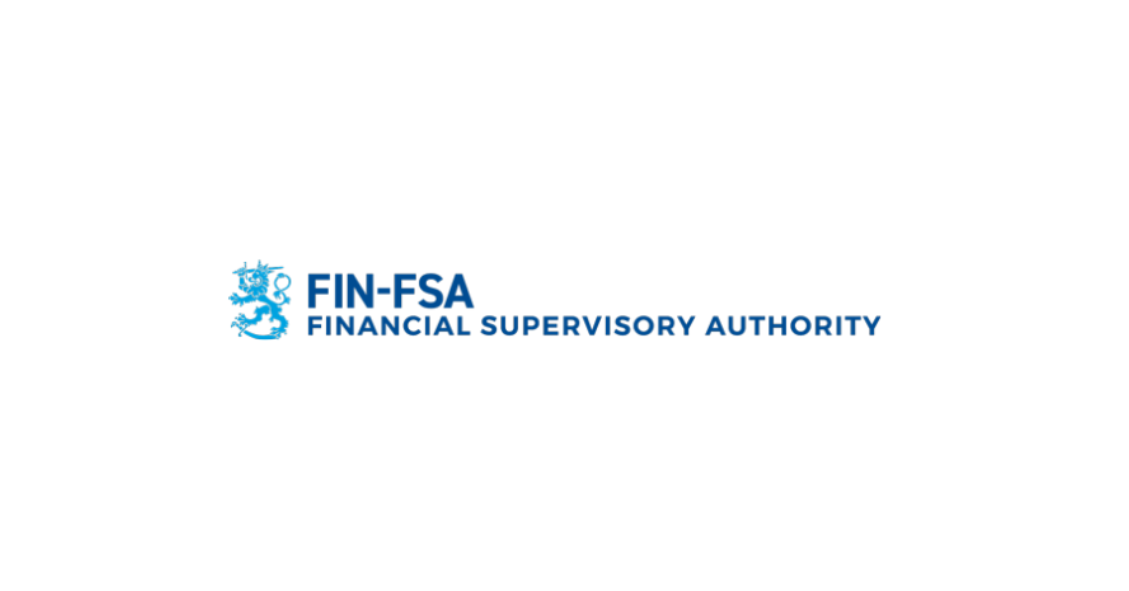Macroprudential decision: Systemic risk buffer set for banks, loan cap remains unchanged
As previously planned, the Board of the Financial Supervisory Authority (FIN-FSA), at its meeting on 29 March 2023, decided to impose a requirement on credit institutions to maintain a systemic risk buffer (SyRB) amounting to 1.0%. Higher capital buffers will strengthen the resilience of the Finnish credit institutions sector. The decision on the SyRB will enter into force after the transitional period on 1 April 2024. In addition, the FIN-FSA Board decided to keep the loan cap, i.e. the maximum loan-to-collateral (LTC) ratio, unchanged. The countercyclical capital buffer (CCyB) requirement for banks will also be kept at its standard level.
High inflation, tighter financing conditions and the unusually low level of business and consumer confidence are weighing on the global economic outlook. The Bank of Finland foresees a GDP contraction of 0.2% for 2023. The recession is expected to remain short-lived, however.
In connection with the macroprudential decision of December 2022, the FIN-FSA Board announced that it was preparing to make a decision on imposing a systemic risk buffer (SyRB) in the first quarter of 2023 to strengthen the banking sector’s risk resilience. The Finnish credit institutions sector’s structural vulnerabilities are at least at the same level as before the pandemic, i.e. in 2020, when the SyRB was previously applied. In September 2022, the European Systemic Risk Board (ESRB) issued a general warning on vulnerabilities in the EU’s financial system and emphasised the need to preserve and enhance the resilience of the financial systems in individual Member States.
“The Finnish banking sector is resilient thanks to its strong capital position. However, the sector’s structural vulnerabilities require particularly robust capital buffers from banks. It is therefore justified to bring capital requirements back to close to pre-pandemic levels, as we had planned,” says Marja Nykänen, Chair of the FIN-FSA Board.
The SyRB requirement is not assessed to markedly weaken Finnish credit institutions’ lending capacity under the projected economic conditions. The FIN-FSA is monitoring bank positions and lending capacity and will update its impact assessments if economic conditions or credit supply deviate significantly from expectations. The decision on the SyRB may be changed if available data indicate that the buffer requirement would markedly increase the risk of a contraction in credit supply.
Loan cap and countercyclical capital buffer remain unchanged
Housing transactions have declined substantially in the past 12 months. The risks stemming from high indebtedness have already partly materialised and are materialising due to higher interest rates on new Euribor-linked and existing floating-rate loans. Interest-rate hedges, household savings and lenders’ forbearance towards customers are helping mitigate an immediate threat to stability.
Under the projected operating environment, the debt servicing capacity of households is expected to weaken but to largely remain good. As household debt levels relative to income are high, it is important to ensure that mortgage borrowers have sufficient financial buffers against higher loan service burdens and other living costs and lower collateral values.
Uncertainties relating to the outlook for the economy and the housing market, in particular, should also be taken into account. If materialised, downward risks would further depress the housing market outlook and undermine the ability of households to service their loans and maintain consumption, particularly for those heavily indebted.
For these reasons, the FIN-FSA Board has decided to keep the maximum loan-to-collateral (LTC) ratio for new residential mortgage loans other than first-home loans at the tightened level of 85%.
The set of risk indicators guiding the imposition of the countercyclical capital buffer (CCyB) requirement on banks and the related supplementary indicators are not pointing to an overheating in the Finnish financial cycle. The CCyB rate will therefore be kept unchanged at the standard level of 0%.
The Board of the Financial Supervisory Authority assesses on a quarterly basis the short- and long-term risks to the stability of Finland’s financial system. If necessary, the Board may tighten or relax its macroprudential instruments to promote stability. The Board decides on a quarterly basis the level of the countercyclical capital buffer (CCyB) requirement and the level of the maximum loan-to-collateral (LTC) ratio for housing loans. The levels of the additional capital requirements for nationally systemically important institutions (O-SII buffers) are reviewed at least annually and the level of the systemic risk (SyRB) buffer at least every second year.























































First, please LoginComment After ~